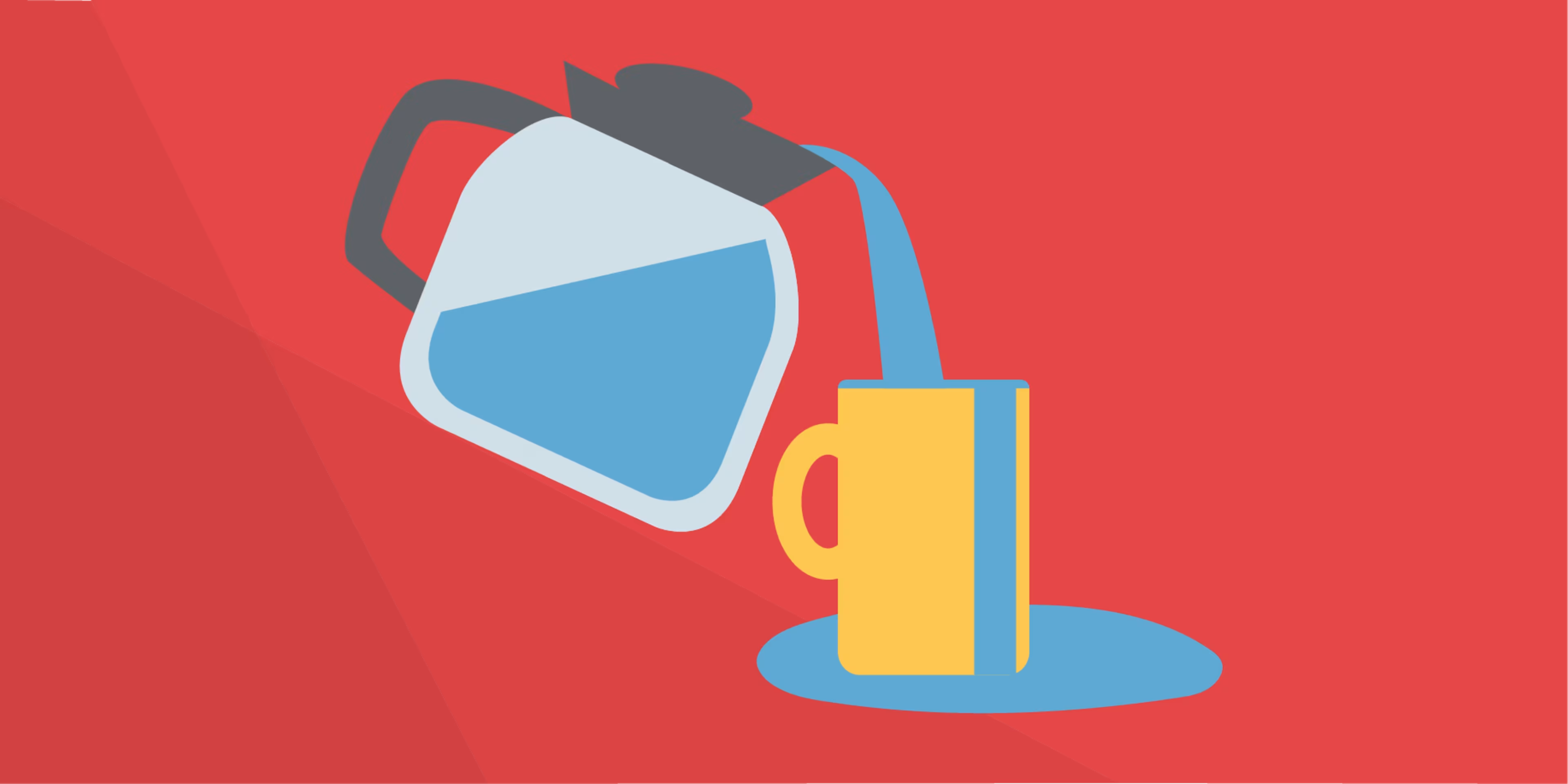The age old advice to "under promise and over deliver" is flawed. Deliver on what actually matters to your customers.

Business leaders have heard for years that they should under promise and over deliver, or exceed expectations. But there are a couple of big things wrong with this approach.
First of all, you want to create a culture that leaves customers expecting consistent competency, not anything less. Secondly, you're likely wasting valuable time and money on exceeding expectations for things your customers don't even care about.
In this article, we'll discuss how to use salience to uncover what types of experiences you should focus your over-delivery efforts on, so that you improve customer experience on what truly matters to your customers.
Determine when to exceed and when to simply meet the need
Imagine a small technology-repair business. A customer's computer crashed, risking important material that wasn't backed up. The repair queue is long, and the business takes much longer than originally quoted to repair the computer. The customer is frustrated by the delay and gives a low satisfaction score after a service follow-up call.
But once the computer is repaired, the customer is thrilled with the quality of the work and is grateful the business helped recover at-risk material. In a survey three months after the repair, the customer says they would gladly recommend the business to a friend.
In this example, the customer was annoyed by the wait, but that was just an inconvenience. What they truly cared about was getting their computer back in shape.
The business should absolutely work on improving repair time, but simply meeting the need (an accurate timeline) would be a satisfactory experience. By exceeding the customer's expectations on what they truly cared about (the actual repair work), the business gained a loyal customer.
Focus on high-salience experiences
Salient experiences are those most prominently remembered and important to customers. These are the areas in which it actually pays off to exceed expectations. And without knowing what those salient experiences are, you could be wasting effort on aspects your customers don't even care about.
This is because of how memories are encoded. In the short-term, customers store a detailed recollection of the event. But weeks later, the memory becomes a generalization of only the most important feelings and aspects of the experience. Gartner research shows that surveying customers three months after an interaction when the memory is fully stored long-term is better than immediate surveys in predicting customer loyalty behaviors (full report available to Gartner clients).
What to do:
Start conducting surveys about three months after key moments with your customer to look for salient experiences.
How:
There are two ways to find what customers' salient experiences are: Look for durable memories and highly polarized experiences.
To find durable memories, the survey should ideally include open-ended questions so the customer can explain in their own words what they remember. For example, you could ask, "Please describe an experience you've had with this company or its products/services that stands out in your mind, whether positive or negative."
To find polarized experiences, look at the standard deviation of customer satisfaction (CSAT) scores for particular interactions or channels. For example, two channels may have an average CSAT score of 5 out of 7, but one has straight 5s across the board from customers while the other has nothing but extremes on either end. The channel with the extreme scores clearly causes strong reactions and must be salient to customers.
Why:
Salient experiences matter most to your customers and to your business. Gartner research shows that customers' salient experiences are true drivers of loyalty and can predict whether customers will switch or advocate for brands, more so than their attitudes expressed immediately after an interaction.
Gather feedback with survey software
Keeping track of customer interaction timelines and when to survey is a lot to manage. With survey or customer experience software, you can set timing triggers for certain customer experiences and automate survey deployment and analysis.
By automating the survey process, you can more routinely and effectively gather data on your customers' salient experiences. This will let you focus on what counts—the results and what you'll do with them to improve the customer experience.